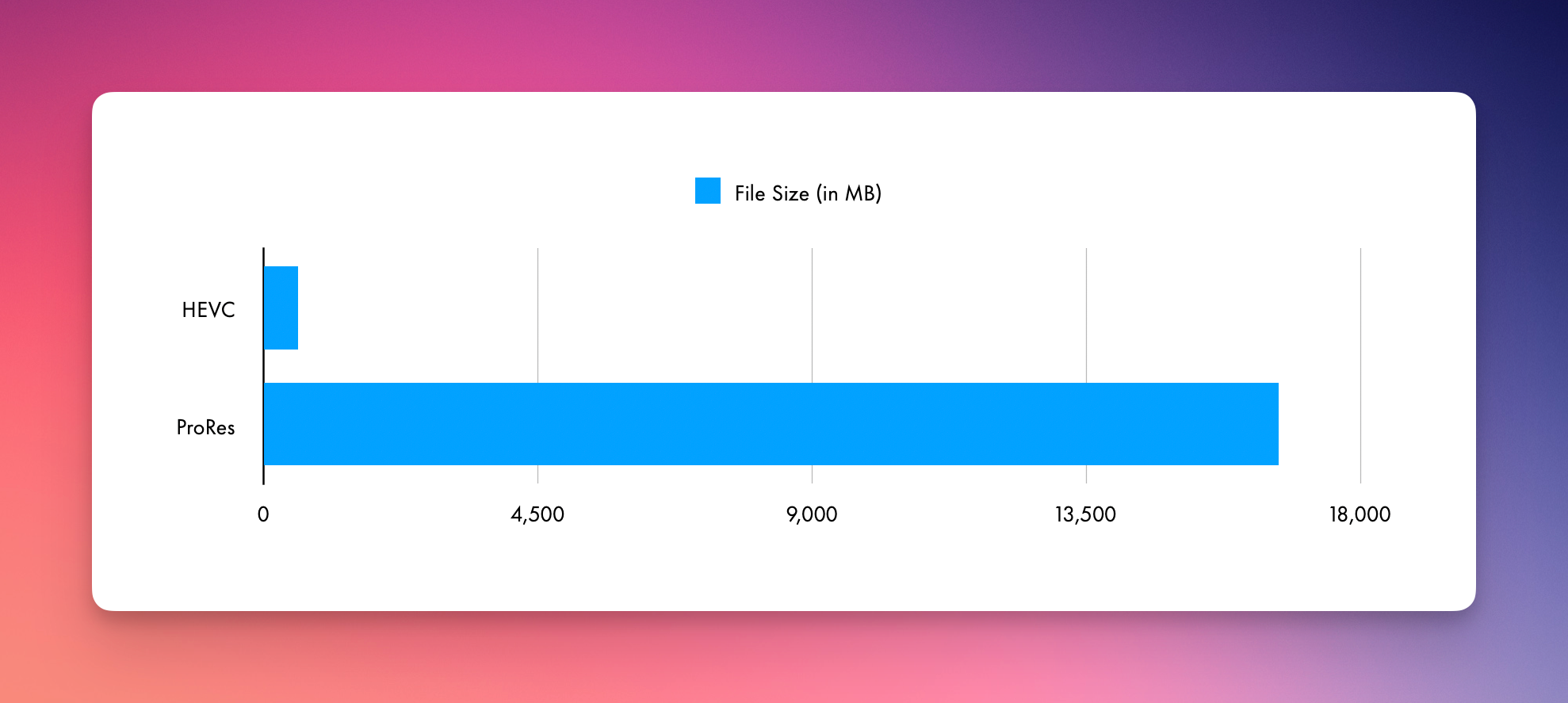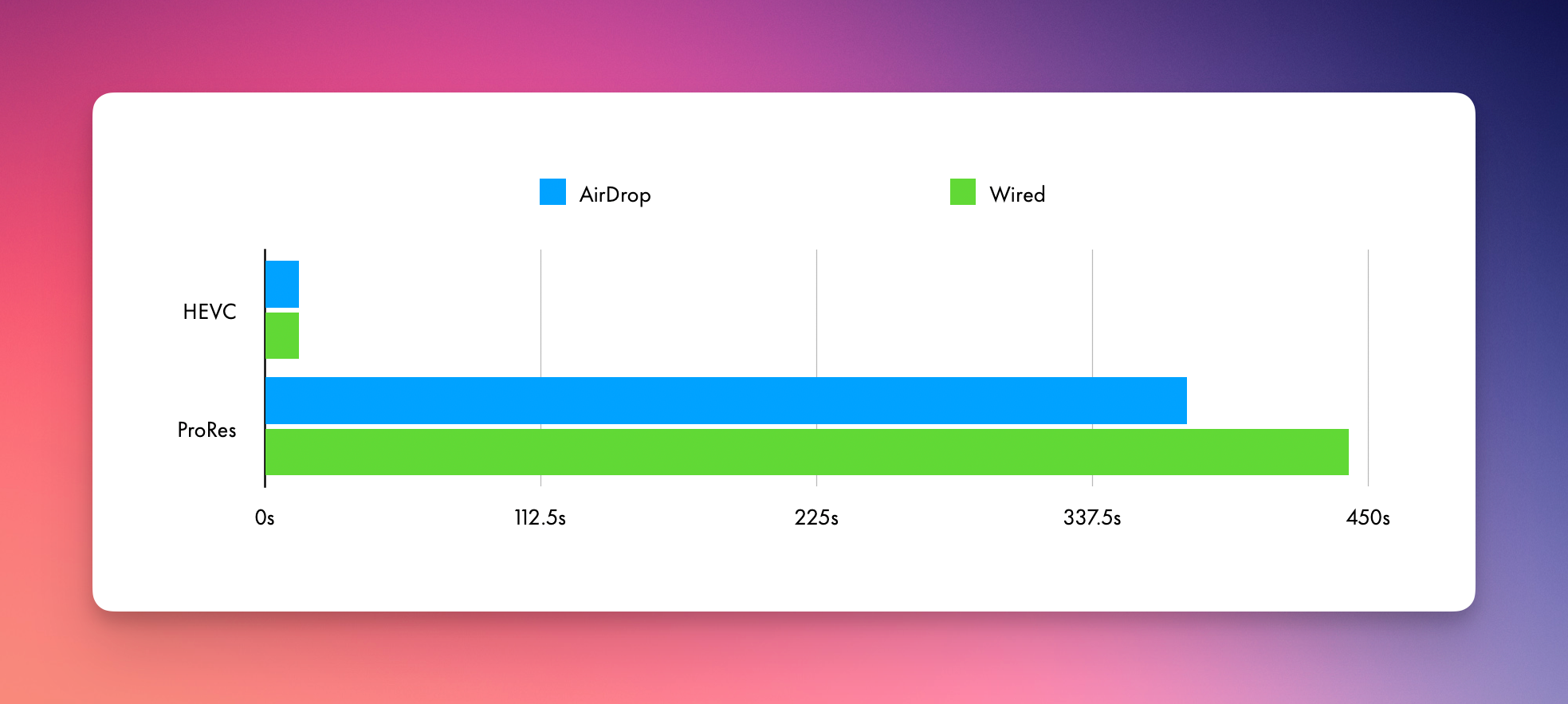Why I’m not particularly bothered by USB 2 on the iPhone 15 from a video creator’s perspective
One minor controversy that's come up since the iPhone 15 announcement last week is that the non-Pro phones got USB-C, but they kept the USB 2.0 speeds that iPhones have had forever. Some in my mentions on Mastodon going so far as to call it "punishment" for people who can't afford the more expensive phones.
While I do appreciate that on the surface, USB 2 speeds in 2023 do sound bad, I don't think this is a major problem that most people will run into. First off, how often are people moving files on and off of their iPhones with a wired connectin? AirDrop is a wonderful feature and is popular for a reason (not to mention cloud storage as well).
The one case that could be a reason are people who take lots of video and want to edit it on their desktop. Well, I happen to fall into this category, and wanted to share my opinion on how big a deal this is.
The test
I was sitting in my office and took the same 3 minute video twice on my iPhone 14 Pro Max (I set it on a stand watching me work). I took it twice, once with the normal video mode at 4K 30fps with HEVC, and then a second time at 4K 30fps in ProRes mode.
Basically, this is simulating something like a YouTuber recording a clip of them talking to the camera and then moving that to their Mac to edit.
Of course there can be some variability from video to video, but this should give us a ballpark for what file sizes we're dealing with and how long it takes to transfer those files between devices.
For the transfer times, I was sending files from an iPhone 14 Pro Max to a 13" M1 MacBook Pro.
The video file sizes

The HEVC (aka what the iPhone shoots by default) file was 565MB while the ProRes video was 16.65GB, or 29x larger. If we assume relatively consistent bitrates, that works out to:
- 188MB per minute of standard 4K30 video
- 5,552MB per minute of ProRes video
AirDrop performance

The obvious way to get these from an iPhone to a Mac is AirDrop, so I sent each one that way and recorded the times. The HEVC file took 14 seconds to transfer, and the ProRes one took 6 minutes 16 seconds. That means each minute of footage takes this long to transfer:
- 4.6 seconds with HEVC
- 125 seconds with ProRes
USB 2.0 performance
Next I plugged my phone into my laptop with the USB-C to Lightning cable that came with my phone and used the Image Capture app on my Mac to drag the files from my phone to the Downloads folder on the Mac. The HEVC file was 14 seconds here as well, and the ProRes file took a brutal 7 minutes 22 seconds. Again, the time to transfer each minute of footage using this method was:
- 4.6 seconds with HEVC
- 147 seconds with ProRes
Real world implications
To put this into perspective, let's say you have 30 minutes of footage for a video, and you want to get that onto your Mac. This is super reasonable for a lot of YouTube situations, although of course some will have less and others much more. Let's just consider this a general middle ground, although it's likely very similar to what I do on a regular basis for a video I make.
- If I shot in HEVC mode, I've got about 5.6GB of footage, which will take 2 minutes 18 seconds to AirDrop to my Mac (or the same over a wire).
- If I shot in ProRes mode, I've got about 166GB of footage, which will take about 62 minutes to AirDrop to my Mac (or 73 minutes over a wire).
2 minutes to import the footage isn't a huge deal to my workflow, but an hour plus to move the ProRes footage is absolutely detrimental to my productivity. This is one reason I tried shooting in ProRes once and then never did it again. It's also why I'm very excited to see USB 3 speeds on the new Pro phones, since in theory this transfer would take about 2 minutes over the wire, which brings it much more in line with what I'd consider to have minimal impact on my work.
My opinion
In my opinion, the iPhone 15 having the same wired transfer speeds as the iPhone 14 Pro isn't a huge deal. Sure, it would be nice to have the increased speeds, and while I expect the iPhone 16 will get this upgrade, I suspect the number of video creators who feel significant pain from this lack of an upgrade will be very small.
That said, the process for getting ProRes video from an iPhone 13/14 Pro to a Mac has been absolutely atrocious so far, and the new speeds we can expect from USB 3 on the new iPhone 15 Pro lineup should go a long way to making those users lives much better. Given that the normal iPhone 15 phones can't shoot ProRes video in the first place means this video bottleneck isn't a problem they can run into in the first place.


